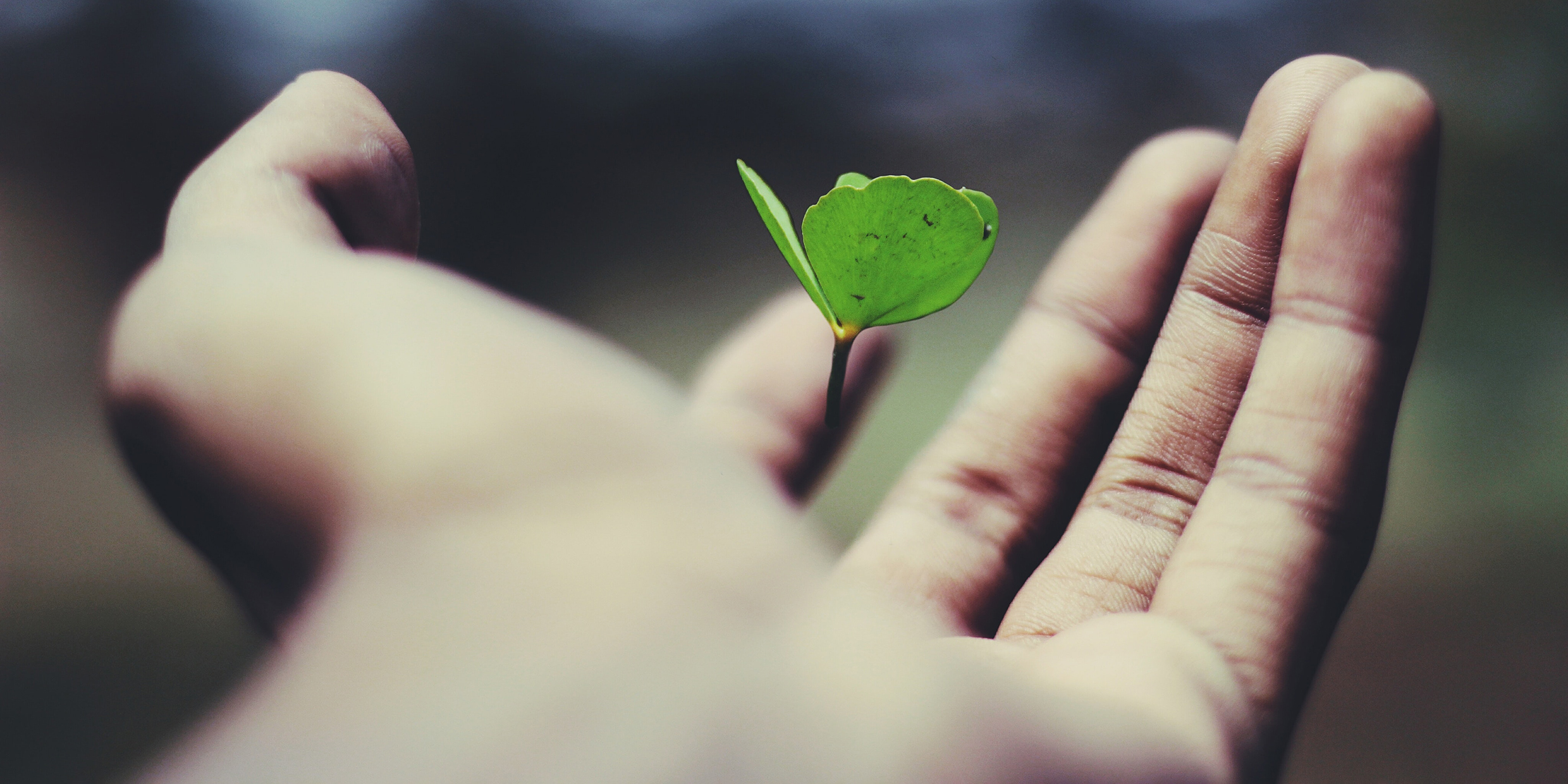Originally published 19 January 1997
What is life?
No question in science is more fundamental. No question is more difficult to answer.
It is easy to recognize life when we see it, but devilishly hard to say what it is.
Half a century ago, the great Austrian physicist Erwin Schrödinger tried a definition in a little book called What Is Life? He was convinced that life would eventually be accounted for by physics and chemistry, and his book helped inspire the biomolecular revolution, but the best he could do for a definition was “an elaborate, coherent, meaningful design traced by the great master.”
More recently, the American biologist Lynn Margulis and co-writer Dorion Sagan have tackled the question again in a book of the same title: What Is Life? They provide a brilliant summary of what we have learned about life, but the sought-for definition remains elusive.
To answer the question according to the rules of grammar, we must supply a noun, the name of a thing, say Margulis and Sagan; but life is more like a verb. They try their hand at several definitions:
“It is a material process, sifting and surfing over matter like a strange, slow wave.”
“It is the watery, membrane-bound encapsulation of spacetime.”
“A planetary exuberance.”
“Existence’s celebration.”
All of which are lovely metaphors, but none of which get us any closer to the ineluctable heart of the mystery.
What we know for sure is that life has existed on Earth for nearly 4 billion years, and that all life on Earth is related by common descent.
As to where the first self-replicating organisms came from, no one has a clue.
Let us assume an ancestral living cell, as simple as the simplest bacterium existing today — an unnucleated blob of protoplasm enclosed by a membrane. Microscopically small. Autopoietic: that is, capable of maintaining itself by chemical interaction with the environment.
A typical bacterium reproduces every half hour. One makes two, two make four, four make eight, eight make sixteen, and so on. Start with a single bacterium on the early Earth, and 20 generations later — 10 hours — you have a million, enough to cover the head of a pin.
Two days later — 120 generations — you will have enough bacteria to fill the oceans of the world chock-a-block with life. A few hours later, the entire surface of the Earth will be wrapped in a layer of bacteria 10 miles thick!
Clearly, something must be wrong with my calculation; the globe is not wrapped in a thick layer of living slime. For unrestricted reproduction, organisms need access to chemical nutrients from the environment. As my calculation vividly illustrates, competition for resources can be fierce even for bacteria.
From the very first days of life on Earth, bacteria were locked in a battle to survive. The corollary of life is death. Culling. Recycling. Portioning out resources. No definition of life is complete that does not include death.
For billions of years, microbes competed “tooth and claw” for the opportunity to reproduce. Far more failed than succeeded. Most branches on the tree of life were nipped in the bud. A few lucky lineages fingered into the future, avoiding the sweeping scythe of death, like the few stalks of grain that remain standing in a harvested field.
Those few lucky lineages were helped by chance, by rare mutations that honed the chemical machinery of autopoiesis, that gave the organism an edge in the struggle to survive.
In biology textbooks, the timelines of the first 3 billion years of life on Earth are mostly blank. Photosynthesis. Respiration. Nucleated cells. Sexual reproduction. It would appear that not much happened. But in fact everything was happening; life was perfecting the complex chemistry that sustains every living creature on Earth today.
By the time the first multi-celled organisms appeared about 700 million years ago — and the timeline of Earth history becomes crowded and familiar — most of the real work of evolution is finished. The basic chemical machinery of autopoiesis and reproduction is in place. Everything that follows will be variations on a theme.
I’ve yet to find a popular treatment of the first 3 billion years of life that paints a sufficiently vivid picture of those delicate lineages of microbes fingering into the future, a branching family tree replete with myriad dead-ends, inching forward under the great overarching shadow of death, always bearing the residue of the past, teasing self-maintenance from the environment, transforming the Earth’s crust, atmosphere and oceans, competing, occasionally turning exploitation into mutual advantage, perfecting metabolic pathways of astonishing complexity.
Of writers who have attempted to tell the story of those first 3 billion years of life on Earth, Lynn Margulis and Dorion Sagan come closest to success. Their book is a must read for anyone who wants to tussle with nature’s most recalcitrant question.
What is life? How does one define a flame, a Mozart symphony, or 50 trillion generations of microbial evolution? Perhaps, after all, it is not possible to improve upon Schrödinger’s definition: “an elaborate, coherent, meaningful design traced by the great master.”



